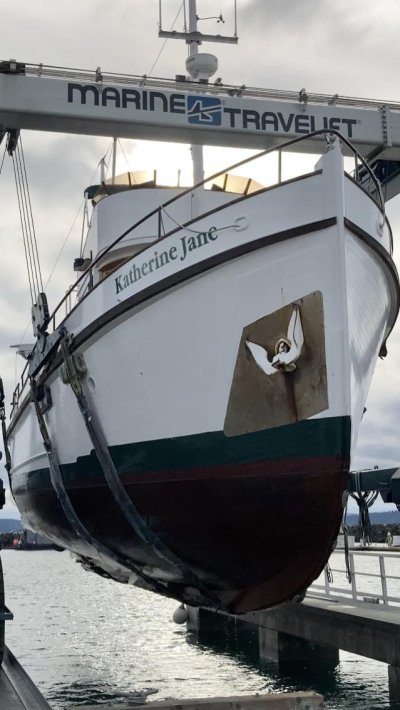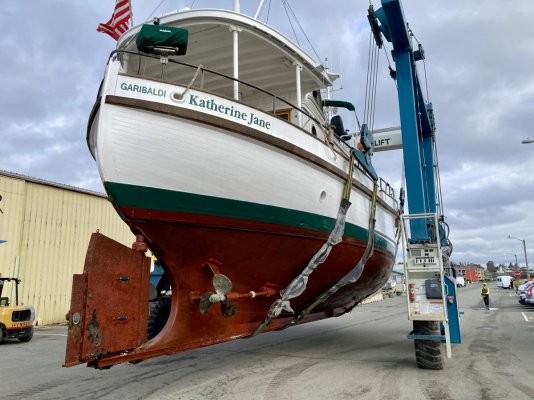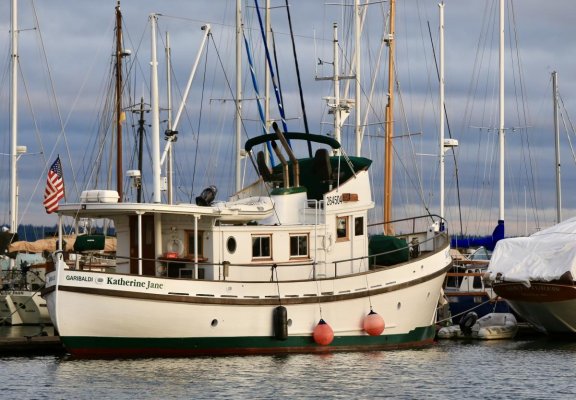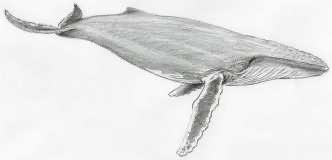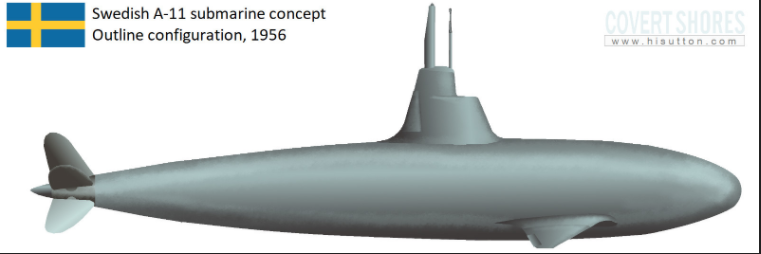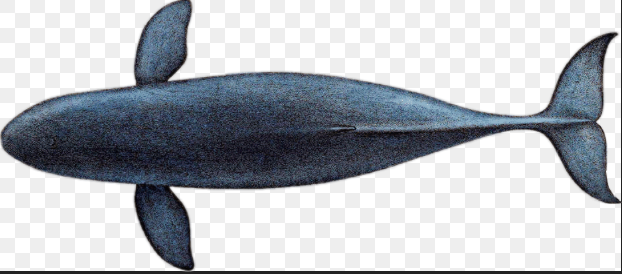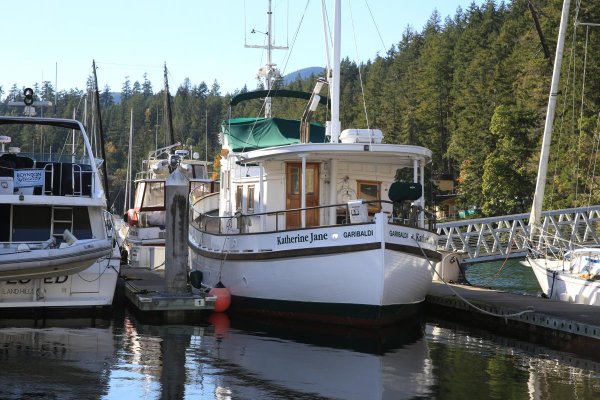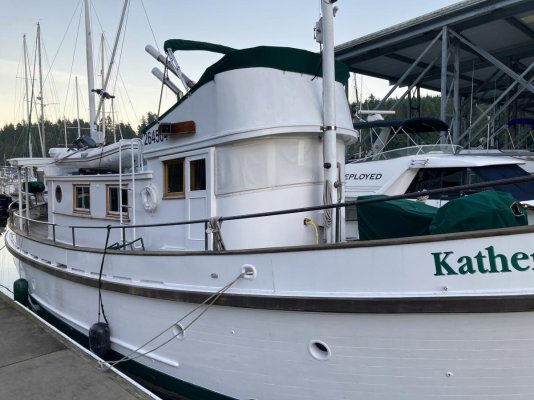trawlercap
Senior Member
- Joined
- Aug 24, 2020
- Messages
- 296
- Location
- USA
- Vessel Name
- JoAhna K
- Vessel Make
- 58' Bill Garden Trawler 1952
A boats motion, carrying ability, accommodations, fuel burn, on and on. All these things come into the design. Over many years, I've come to say "A boat is like a horse,hood ones and bad and they're all individuals, each responds differently to make them go or stop. A bad rider can kill a good horse, but a good rider can bring a limp horse home."
Same with boats.
I've learned to keep the weight in the middle. Momentum is a big deal. Take a stick, spin it with weights on the ends. It continues to spin. Then move the weights to the middle, it stops much sooner. If you add weight to the ends of you boat (engines aft, tanks, etc.) your motion will increase. If your bow and stern get heavy, it will be slow to rise, and drop much harder, and hobbyhorse.
Nature shows a pinched stern is most efficient. The 58' Bill Garden I just got shows almost no wake. It's fat underwater shape is similar to a Whale or Tuna.
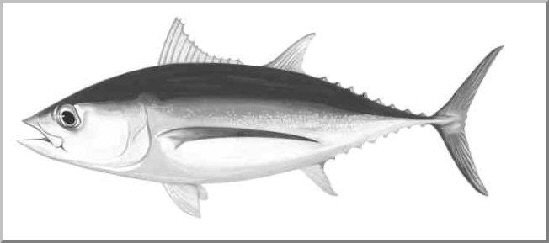
View attachment 110622
This vessel, designed by a master when another set of priorities ruled. It is widest just forward of the middle to (carry the weight.) Engine room in middle, very low salon (by todays standards) Open (less windage) aft. Wheel house far back (by todays standards) off the bow (lighter bow, avoid big waves impact)
I have so much more to learn, these are my initial findings. Disadvantages? The pinched stern is less roomy, The low house barley clears my 6'0" frame. Accommodations are interrupted by a big roomy engine room. Master aft, guests forward.
Square full sterns work well to gain speed, accommodations, storage etc. And this double ender boat will never do 20 kts. I've seen 20Kt. boats at 10 kts. making huge wakes. That's got to be wasted energy.
Light in the ends, weight is centered in the middle, low windage, it slips through the water so sweet, like I've never seen.
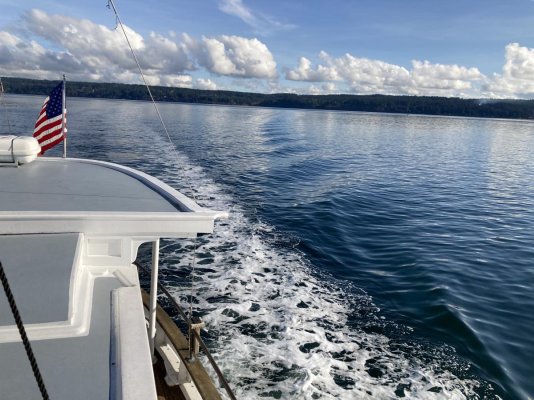
Same with boats.
I've learned to keep the weight in the middle. Momentum is a big deal. Take a stick, spin it with weights on the ends. It continues to spin. Then move the weights to the middle, it stops much sooner. If you add weight to the ends of you boat (engines aft, tanks, etc.) your motion will increase. If your bow and stern get heavy, it will be slow to rise, and drop much harder, and hobbyhorse.
Nature shows a pinched stern is most efficient. The 58' Bill Garden I just got shows almost no wake. It's fat underwater shape is similar to a Whale or Tuna.

View attachment 110622
This vessel, designed by a master when another set of priorities ruled. It is widest just forward of the middle to (carry the weight.) Engine room in middle, very low salon (by todays standards) Open (less windage) aft. Wheel house far back (by todays standards) off the bow (lighter bow, avoid big waves impact)
I have so much more to learn, these are my initial findings. Disadvantages? The pinched stern is less roomy, The low house barley clears my 6'0" frame. Accommodations are interrupted by a big roomy engine room. Master aft, guests forward.
Square full sterns work well to gain speed, accommodations, storage etc. And this double ender boat will never do 20 kts. I've seen 20Kt. boats at 10 kts. making huge wakes. That's got to be wasted energy.
Light in the ends, weight is centered in the middle, low windage, it slips through the water so sweet, like I've never seen.

Attachments
Last edited:

